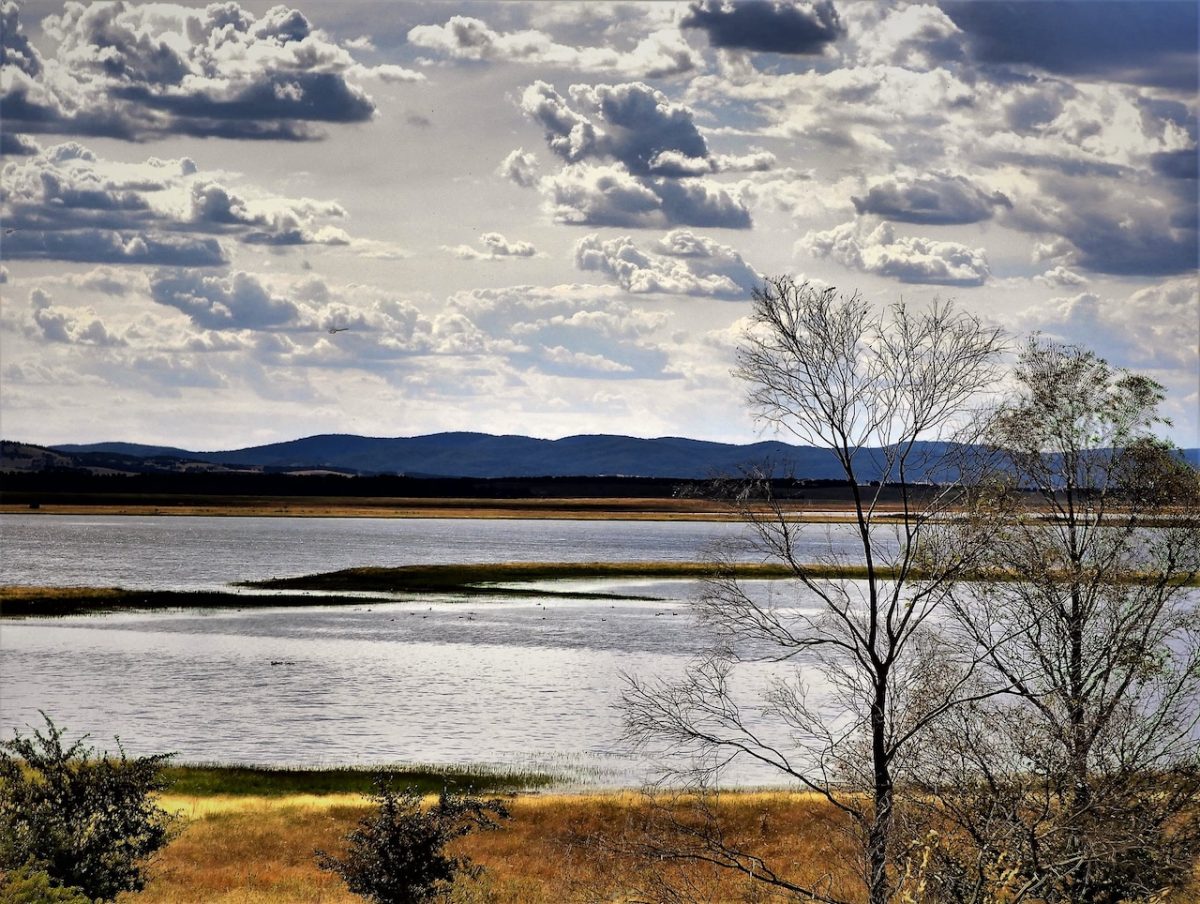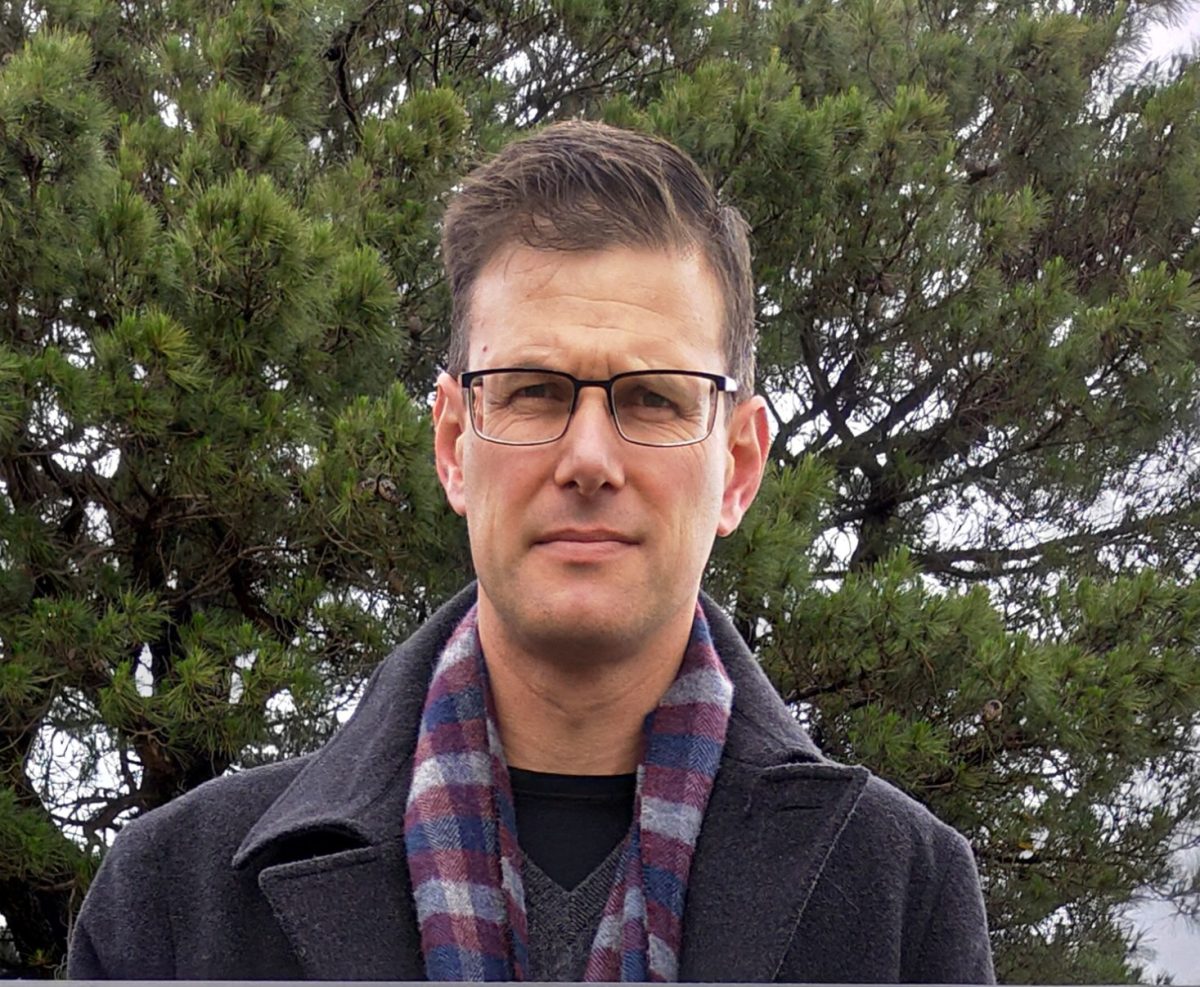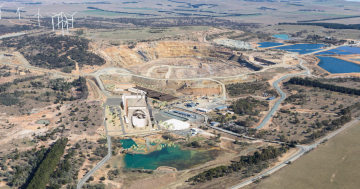
The Morass Wetland in 2021, near Lake Bathurst and a haven for wildlife. Opponents of a waste-to-energy incinerator nearby at Tarago fear it will pollute the water table and land. Photo: Neville Friend.
Activists in Goulburn and Tarago are stepping up their opposition to a proposed incinerator capable of burning 380,000 tonnes of Sydney’s waste every year and threatening the water table and food chain.
Senior Minister at St Nicholas Anglican Church in Goulburn, the Reverend Paul Davey, says the proposal is like the mythological Greek Hydra multi-headed snake: chop one head off and another will appear.
He felt compelled to step into the fray after seeing his parishioners from Bungonia distressed by an earlier proposal to build a waste-to-energy incinerator near their village, 35 kilometres east of Goulburn. That proposal fell over, but the issue didn’t go away.
The ”snake” is back with a different head, as poisonous as the last one.
If approved, the incinerator will be near the same site that two trains carrying loads of Sydney’s waste arrive at every day, a megadump filling Woodlawn’s former open-cut mine near Tarago.
At an open forum before the last meeting of Goulburn Mulwaree Council, and at an earlier information night drawing attention to a NSW parliamentary inquiry into the huge burner, speakers condemned the waste proposal as being dangerous and unnecessary. They are urging people to make a submission to the inquiry. (To do so, go to this website and click on submissions. Submissions close on 31 October.)
In its draft submission to the inquiry, the council notes that Australia does not have experience operating energy-to-waste incinerators.
“The reference plant for the Veolia ARC project is located in Staffordshire, United Kingdom,” the submission says. The council and Tarago residents spoke with a community reference group from Staffordshire, which said local residents there accepted the need for the energy-to-waste incinerator because of a lack of alternatives, in particular the lack of land and available space for landfilling.
Clearly, this was not the case in NSW given the availability of land and the push towards a circular economy that focused on reusing materials rather than burning them, the council said.
Reverend Davey is the chair of the Goulburn-Mulwaree Cross-Party Working Group on Waste Incinerators. He says cleaner alternatives than a $600 million incinerator are available to handle waste.
“You can reduce the amount of packaging you are producing in the first place, by sensible packaging laws,” he said. “Secondly, you can increase the amount you are recycling so you are diverting from landfill. Thirdly, particularly in Australia, you can increase the amount of landfill. There’s a myth going around saying landfills are going to fill up and there is a fixed amount. Well, that’s not true.”
Reverend Davey said government documents showed they could increase the amount of landfill they had, which then bought more time.
He said incinerators burned 24 hours a day, seven days a week, for decades, which was why the NSW Government said this one wasn’t suitable for Sydneysiders.

Reverend Paul Davey says plenty of people in Sydney are fighting alongside Goulburn and district activists such as himself to oppose a waste incinerator at Tarago. Photo: Davey family.
“Waste incineration is an inherently risky thing to do,” he said. “Once you burn it and whatever emissions come out the top of the stack, you have lost control of those things and they will go everywhere.
”They will blow wherever the wind sends them and that then presents a potential risk to our air that we breathe, the water that we drink and on the land and coming through our food chain, that’s a great risk.”
He said risks would be borne disproportionately by the young, the elderly and those who were less well-off.
”Children developing in the womb and after birth are particularly vulnerable to toxins in their environment,” Reverend Davey said.
Representing 120 agricultural enterprises within a 40-kilometre radius of the proposed incinerator, Longwater Agricultural Association spokesman and farmer Tom Martin said the association’s members’ land covered 60,000 hectares producing lamb, beef, wool, cereal crops, canola, pulses and eggs.
“Veolia and the NSW Government are attempting to greenwash the waste-to-energy proposal as a progressive environmental solution,” he said.
But he believed this was false. His members’ key concerns were modern incinerators emitted pollutants including nitro sulfur oxides, dioxins, furans and PFAS (per- and polyfluoroalkyl substances).
“All of these travel kilometres from the stack, depositing on soil, pastures, waterways and local house roofs,” Mr Martin said.
For farmers, even trace contamination had economic consequences. Produce contamination, real or perceived, undermined market confidence in clean local produce.
Mr Martin said Veolia’s poor record of multiple breaches of environmental rules included PFAS and PFOS (perfluorooctanesulfonic acid) leaching off-site into Crisp’s Creek and into the Mulwaree Ponds, at the start of the Sydney Water Catchment.








